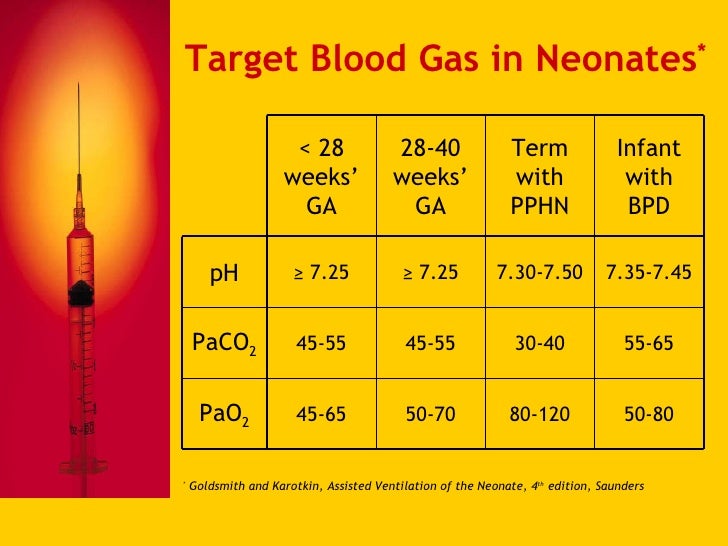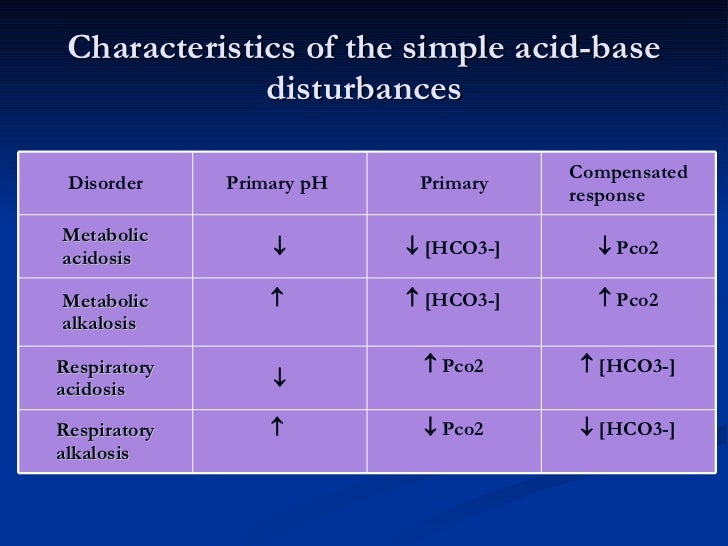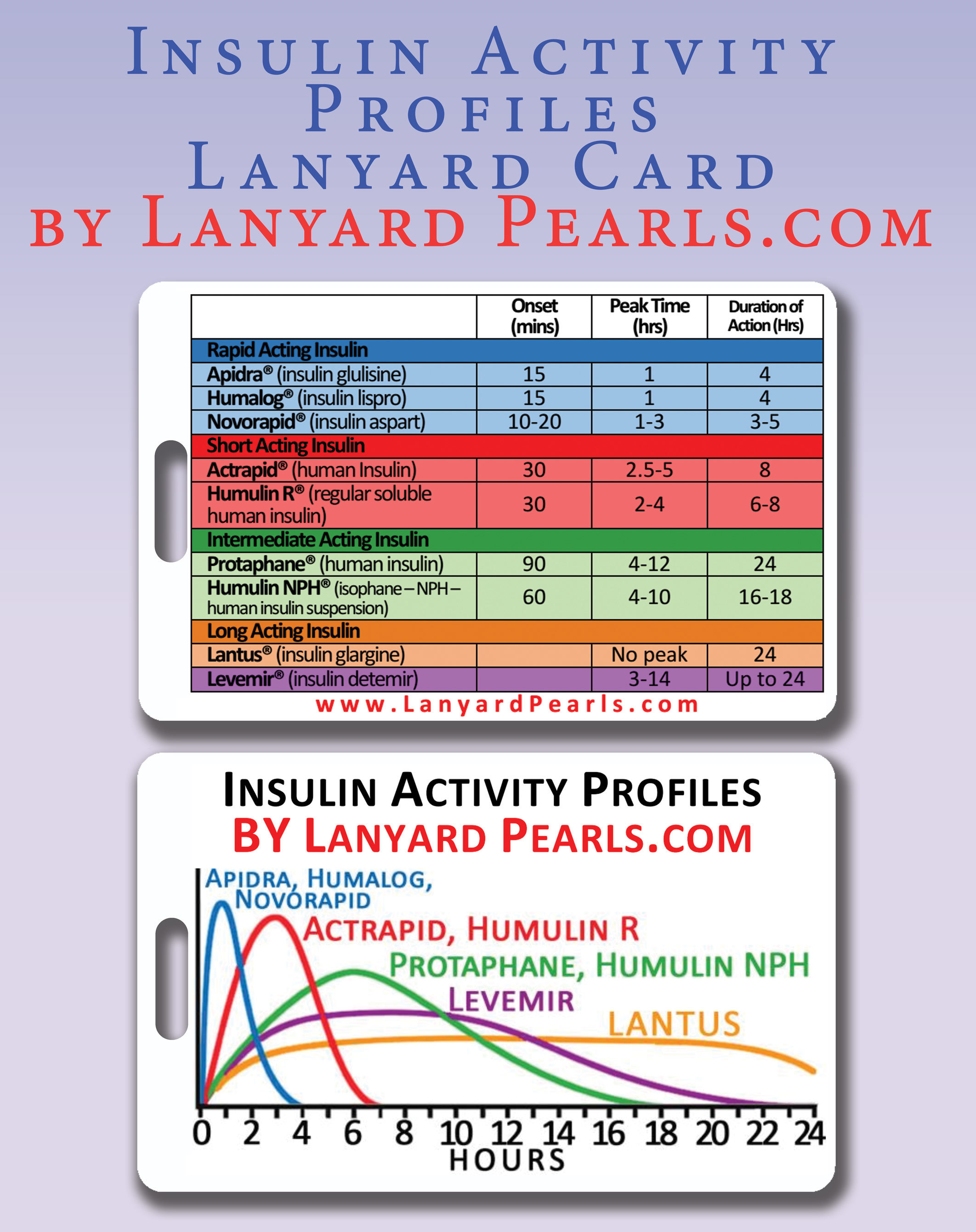Neonatal Cord Blood Gas Interpretation Chart There is no global consensus on definitions of normal cord blood gases and lactate and different cutoff values for abnormality are used At a pH
A blood gas should be done within 30 minutes of birth Babies should be monitored for respiratory distress renal and liver function hypoglycaemia coagulopathy hypotension and abnormal movements For a full term newborn normal blood gas values are as follows PCO2 32 66 mmHg HCO3 17 27 mmol L PO2 6 31 mmHg and Base Excess 8 to 0 mmol L In contrast for a preterm newborn normal blood gas values are PCO2 32 69 mmHg HCO3 16 27 mEq L and Base Excess 7 6 to 1 3 mmol L
Neonatal Cord Blood Gas Interpretation Chart

Neonatal Cord Blood Gas Interpretation Chart
https://www.researchgate.net/profile/Gordon_Sacks/publication/232766494/figure/tbl1/AS:601732828651527@1520475694599/Normal-Blood-Gas-Values.png

Neonatal Blood Gas Chart
https://www.mdpi.com/jcm/jcm-10-01676/article_deploy/html/images/jcm-10-01676-g001.png

Neonatal Blood Gas Interpretation Chart Keski
https://www.researchgate.net/profile/Jonathan_Naylor/publication/11862423/figure/tbl1/AS:394578332012547@1471086213492/Blood-gas-electrolytes-and-serum-organic-acid-concentrations-in-healthy-and-diarrheic.png
Cord blood analysis should be assessed by collecting paired samples from the umbilical artery UA and umbilical vein UV of a segment of cord that has been double clamped to isolate it from the placenta Cord blood gases from the umbilical artery will have a mean PaO 2 of 31 5 mmHg while a cord blood gas from the umbilical vein will have a mean PaO 2 of 43 5 mmHg reflecting the mother s respiration
To understand the key components of neonatal blood gas analysis To interpret blood gas results accurately in neonates To apply this knowledge in clinical decision making for improved neonatal care Blood gas analysis is one of the major tools in assessing the respiratory status of the newborn To adequately use this information one must have a basic understanding of gas transportation and acid base physiology
More picture related to Neonatal Cord Blood Gas Interpretation Chart

Arterial Blood Gas Interpretation Chart
https://image.slidesharecdn.com/abg-chh-1218468866593910-9/95/arterial-blood-gas-interpretation-9-728.jpg?cb=1375779718

Arterial Blood Gas Interpretation Chart
https://image.slidesharecdn.com/bloodgasinterpretation-100403011629-phpapp02/95/blood-gas-interpretation-9-728.jpg?cb=1270257447

Cord Blood Gas Interpretation Chart
https://i1.rgstatic.net/publication/13609201_Umbilical_Cord_Blood_Gas_Analysis_at_Delivery/links/55e5c45908aebdc0f58b8584/largepreview.png
In addition expert opinion suggests that cord blood gas analysis may be beneficial in medicolegal settings and in determining potential timing of fetal neonatal injury Eligibility for therapeutic hypothermia UNC protocol EGA 36 weeks BW 1800 gram 6 hours of age of note absence of cord ABG will not exclude any from cooling Umbilical cord blood gas and acid base assessment provide information about a baby s respiratory and metabolic status It is recommended in all high risk deliveries
By determining fetal acid base status it helps identify infants at risk for neonatal encephalopathy Pathological acidosis reflects significant fetal distress due to hypoxic stress As an isolated finding it poorly predicts the risk of hypoxic ischemic injury Blood gas analyzers assume hemoglobin to be of the adult type Therefore in newborns calculated blood gas oxygen saturation values are generally underestimated Blood from the umbilical vein always has a higher pH a lower PCO2 and a higher PO2 than blood from the paired umbilical arteries

Fetal Cord Gas Chart
https://www.researchgate.net/profile/Martin_Frasch/publication/51521258/figure/fig7/AS:341861467213836@1458517533558/Fetal-arterial-blood-gas-O2-Sat-and-pH-measurements.png

Fetal Cord Gas Chart
https://image1.slideserve.com/1842602/cord-blood-gases-l.jpg

https://www.ajog.org › article › fulltext
There is no global consensus on definitions of normal cord blood gases and lactate and different cutoff values for abnormality are used At a pH

https://www.nnuh.nhs.uk › publication › download › babies …
A blood gas should be done within 30 minutes of birth Babies should be monitored for respiratory distress renal and liver function hypoglycaemia coagulopathy hypotension and abnormal movements

Blood Gas Interpretation

Fetal Cord Gas Chart

Neonatal Blood Gas Cheat Sheet
Neonatal Blood Gas Cheat Sheet

Neonatal Blood Gas Cheat Sheet

Neonatal Blood Gas Cheat Sheet

Neonatal Blood Gas Cheat Sheet

Neonatal Blood Gas Cheat Sheet

Neonatal Blood Gas Cheat Sheet

Neonatal Blood Gas Cheat Sheet
Neonatal Cord Blood Gas Interpretation Chart - Cord blood gases from the umbilical artery will have a mean PaO 2 of 31 5 mmHg while a cord blood gas from the umbilical vein will have a mean PaO 2 of 43 5 mmHg reflecting the mother s respiration